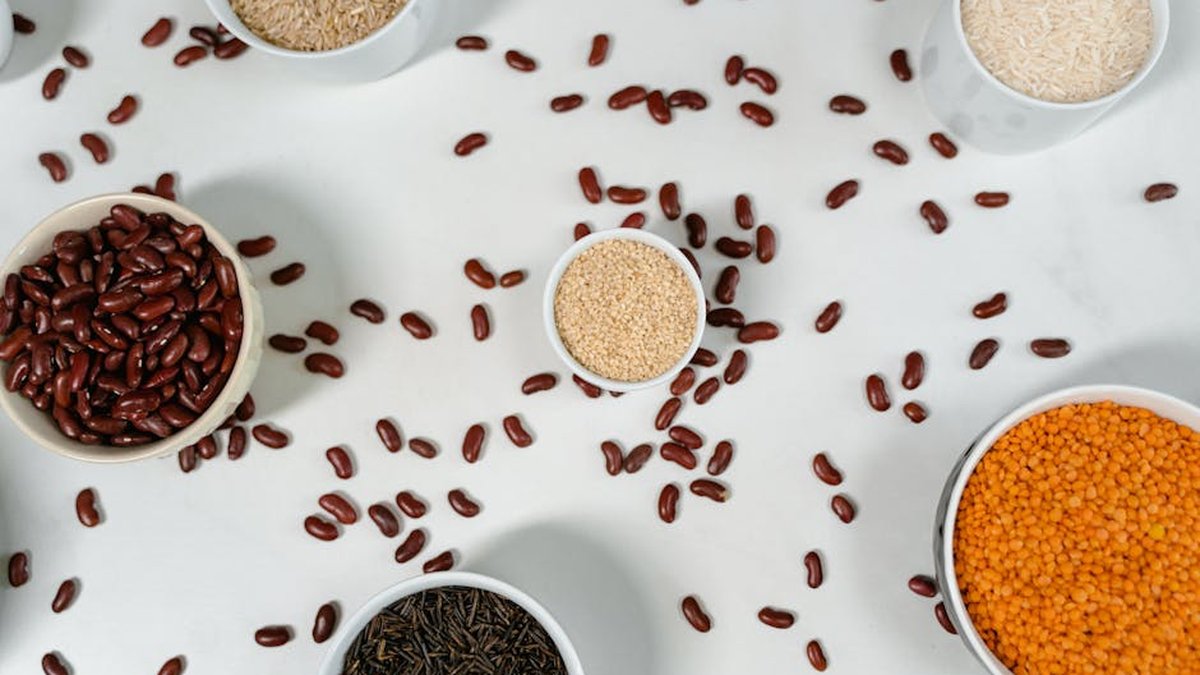The Ultimate Guide to Plant-Based Protein Sources
Introduction to Plant-Based Protein
In today’s health-conscious world, plant-based diets are gaining immense popularity. A common concern when transitioning to a plant-based lifestyle is ensuring adequate protein intake. Fortunately, the plant kingdom offers a wealth of delicious and nutritious protein sources. This guide will explore the best plant-based protein options, their benefits, and how to incorporate them into your daily meals.
Why Choose Plant-Based Protein?
Plant-based protein offers numerous advantages over animal-based protein. Here are a few key benefits:
- Healthier for the Heart: Plant-based diets are typically lower in saturated fat and cholesterol, promoting heart health.
- Rich in Fiber: Plants are packed with fiber, aiding digestion and promoting gut health.
- Environmentally Friendly: Plant-based agriculture generally has a smaller environmental footprint than animal agriculture.
- Nutrient-Dense: Many plant-based protein sources are also rich in vitamins, minerals, and antioxidants.
Top Plant-Based Protein Sources
Legumes: The Protein Powerhouses
Legumes, including beans, lentils, and peas, are nutritional powerhouses loaded with protein and fiber. They are also incredibly versatile and affordable.
- Lentils: Offer about 18 grams of protein per cooked cup. Try them in soups, stews, or salads.
- Black Beans: Provide around 15 grams of protein per cooked cup. Perfect for tacos, burritos, or black bean burgers.
- Chickpeas: Offer approximately 15 grams of protein per cooked cup. Enjoy them in hummus, salads, or roasted as a snack.
- Edamame: Provides about 18 grams of protein per cooked cup (shelled). A great addition to stir-fries or enjoyed as a snack.
Nuts and Seeds: Small but Mighty
Nuts and seeds are excellent sources of protein, healthy fats, and essential nutrients. They make for convenient snacks or additions to meals.
- Almonds: Offer about 6 grams of protein per ounce. Enjoy them raw, roasted, or as almond butter.
- Chia Seeds: Provide approximately 5 grams of protein per ounce. Add them to smoothies, yogurt, or oatmeal.
- Hemp Seeds: Offer around 10 grams of protein per ounce. Sprinkle them on salads, smoothies, or yogurt.
- Pumpkin Seeds: Provide about 7 grams of protein per ounce. Enjoy them roasted as a snack or added to salads.
Grains: More Than Just Carbs
While often associated with carbohydrates, certain grains are surprisingly good sources of protein.
- Quinoa: Offers about 8 grams of protein per cooked cup. A complete protein, making it an excellent choice.
- Oats: Provide approximately 6 grams of protein per half cup (dry). A great start to the day in oatmeal or granola.
- Brown Rice: Offers about 5 grams of protein per cooked cup. Use it as a base for stir-fries or bowls.
Soy Products: Versatile and Nutritious
Soy products are complete proteins, meaning they contain all nine essential amino acids. They are incredibly versatile and can be used in various dishes.
- Tofu: Provides about 10 grams of protein per 3.5-ounce serving. Can be baked, fried, or added to stir-fries.
- Tempeh: Offers approximately 19 grams of protein per 3.5-ounce serving. A fermented soy product with a nutty flavor.
- Edamame: As mentioned above, edamame is a great source of protein and fiber.
Vegetables: Unexpected Protein Sources
While vegetables typically contain less protein than other plant-based sources, they still contribute to your overall protein intake.
- Spinach: Offers about 5 grams of protein per cooked cup. Add it to salads, smoothies, or stir-fries.
- Broccoli: Provides approximately 3 grams of protein per cup. Enjoy it steamed, roasted, or added to soups.
- Asparagus: Offers about 3 grams of protein per cup. Grill it, roast it, or add it to salads.
Tips for Incorporating Plant-Based Protein
- Plan Your Meals: Ensure each meal includes a good source of plant-based protein.
- Combine Protein Sources: Combining different plant-based proteins can ensure you get all the essential amino acids. For example, rice and beans.
- Snack Smart: Opt for protein-rich snacks like nuts, seeds, or edamame.
- Read Labels: Pay attention to the protein content of packaged foods.
- Experiment with Recipes: Explore new recipes and find plant-based protein dishes you enjoy.
Conclusion: Embracing Plant-Based Protein
Transitioning to a plant-based diet doesn’t mean sacrificing protein. With a wide variety of delicious and nutritious plant-based protein sources available, it’s easier than ever to meet your protein needs while enjoying the numerous health and environmental benefits. Embrace the power of plants and fuel your body with wholesome, sustainable protein!





